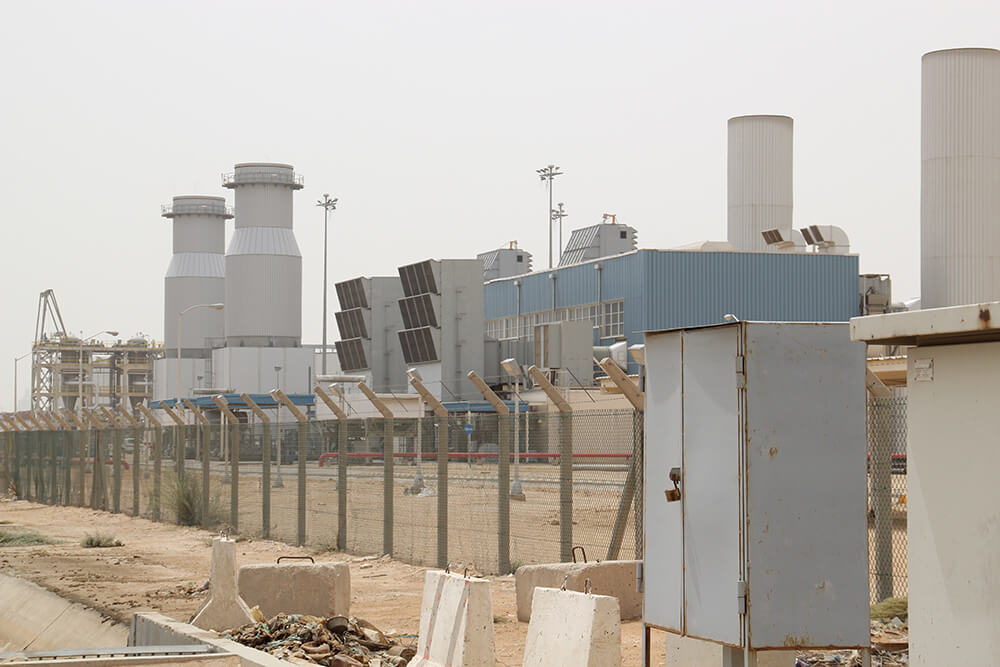
Monitoring the Emissions from the Electric Power Stations
Program Objective
Following and monitoring the emissions issued by the electric power stations at Riyadh, and applying the procedures for limiting its negative effects.
Responsible Agencies
● Saudi electricity company
Participating Agencies
● The General Authority for Meteorology and Environmental Protection
Procedures of Program Execution
● Preparing a comprehensive study to evaluate the environmental effect resulting from the electric power stations of Riyadh
● Applying the procedures of limiting the emissions
● Setting up an air-quality monitoring station
● Measure the emissions from the chimneys (CEMS)
Preparing an environmental record on restrictive standards of the general environmental system, also preparing the indicators for the pollution rate reduction
● Setting up a time schedule to eliminate the air pollution, especially from the electric power stations located within the living quarters.
● Putting in place a time schedule to shift from using the crude fuel to another sustainable and effective environmental alternative used in operations of all electricity power stations.
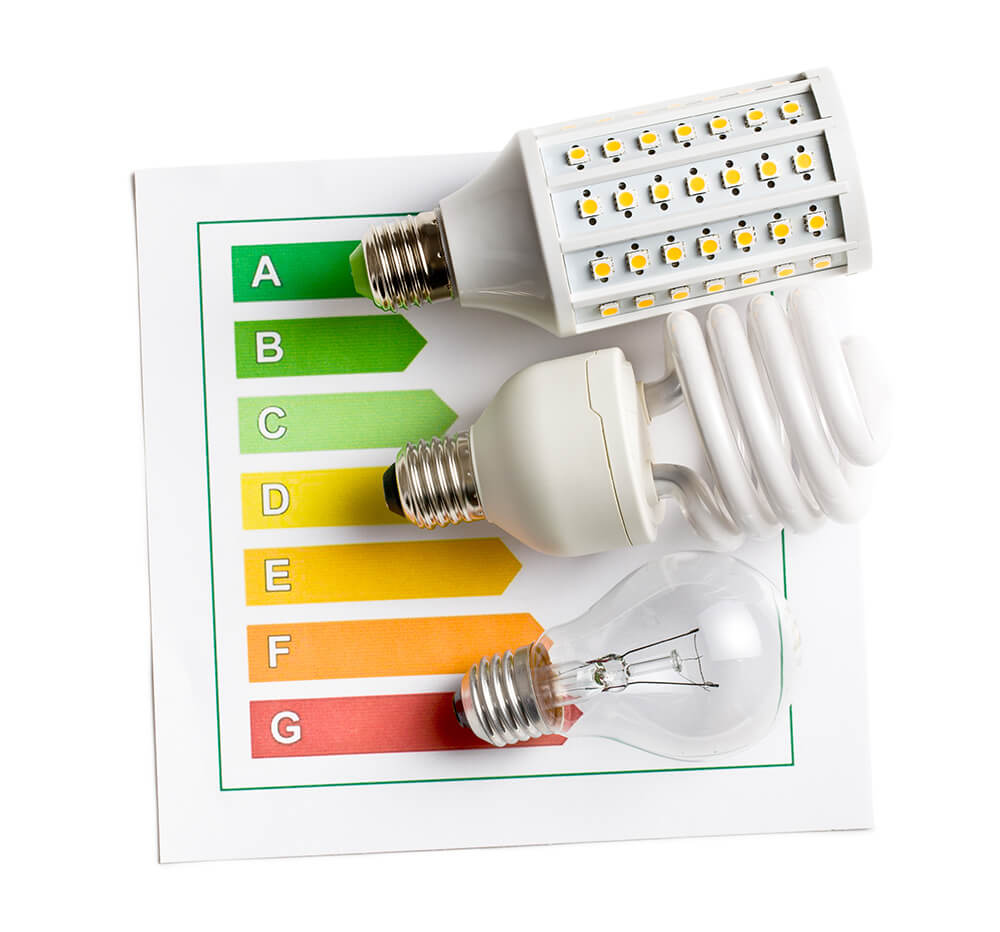
Rationalization of Energy Consumption
Program Objective
Reduce energy utilization, and, get optimal utilization of the electric energy resources to preserve the environment
Responsible Agencies
● Saudi Energy Efficiency Center
Participating Agencies
● Riyadh municipality
● Electricity and cogeneration regulatory authority
● Saudi electricity company
● The Ministry of Energy, Industry and Mineral Wealth
● Riyadh development authority
Procedures of Program Execution
● Conduct a study about the increase of the carbon quantity in Riyadh
● Activating environmental awareness programs
● Applying thermal insulation in all buildings

Protection and Development of the Wildlife Areas
Program Objective
Rehabilitation and protection of the wildlife that is negatively impacted because of the urban developmental processes in the city.
Responsible Agencies
● The Saudi Wildlife Authority
Participating Agencies
● Royal commission of Riyadh city
● Riyadh municipality
● The Ministry of Environment, Water and Agriculture
● Riyadh police office
Procedures of Program Execution
● Protect and provide the suitable environment to maintain the wildlife
● List the animal and botanical wildlife to make studies and detailed maps for their sites
● Regulate grazing and prevent cutting of trees in the wildlife areas
● Clean the wildlife areas which are damaged because of wastes
● Restoration of the vegetation and the afforestation in the damaged wildlife areas
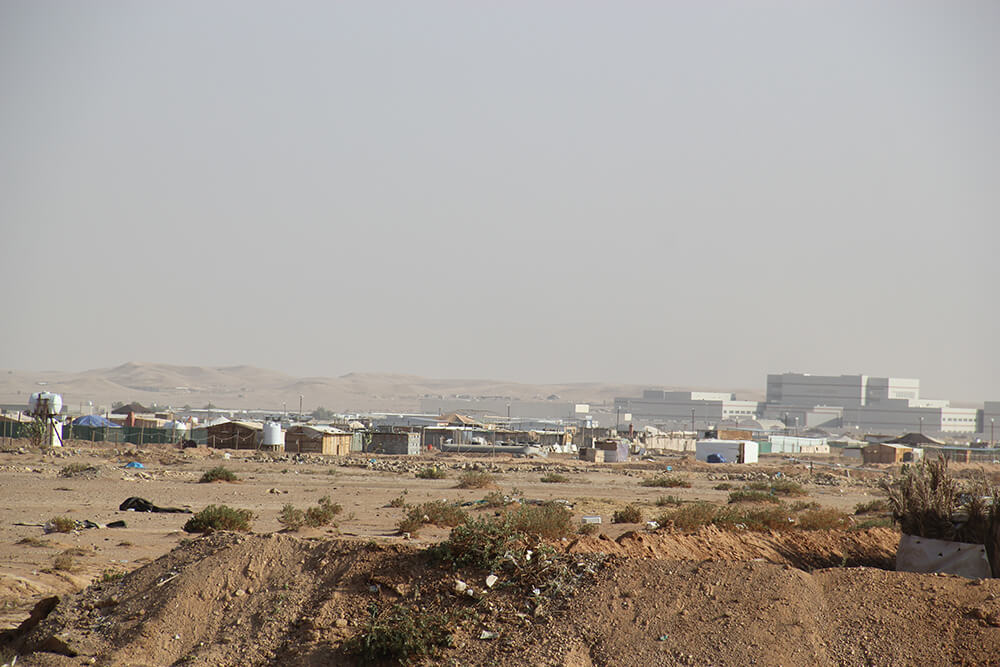
Adjust the Random Activities in Riyadh and Control It
Program Objective
Set a work plan in place to remove the random activities, and to suggest alternative locations for the seasonal activities according to a regulated mechanism.
Responsible Agencies
● Riyadh municipality
Participating Agencies
● Riyadh development authority
Procedures of Program Execution
● Removing the random activities in the empty areas and around the city which include camels and sheep’s enclosures, and the camps with its random entertainment activities that spread around it and its associated activities
● Increasing the monitoring and follow-ups to eliminate this phenomenon through a continuous work program, and support the committees responsible for monitoring, irregularities and subsidiary municipality by providing the possibilities that enable it to do its works accordingly
● Regulating some of the necessary seasonal and temporary activities like the seasonal camps, locations of construction equipment standing or the temporary sale and what follow these camps from associated activities
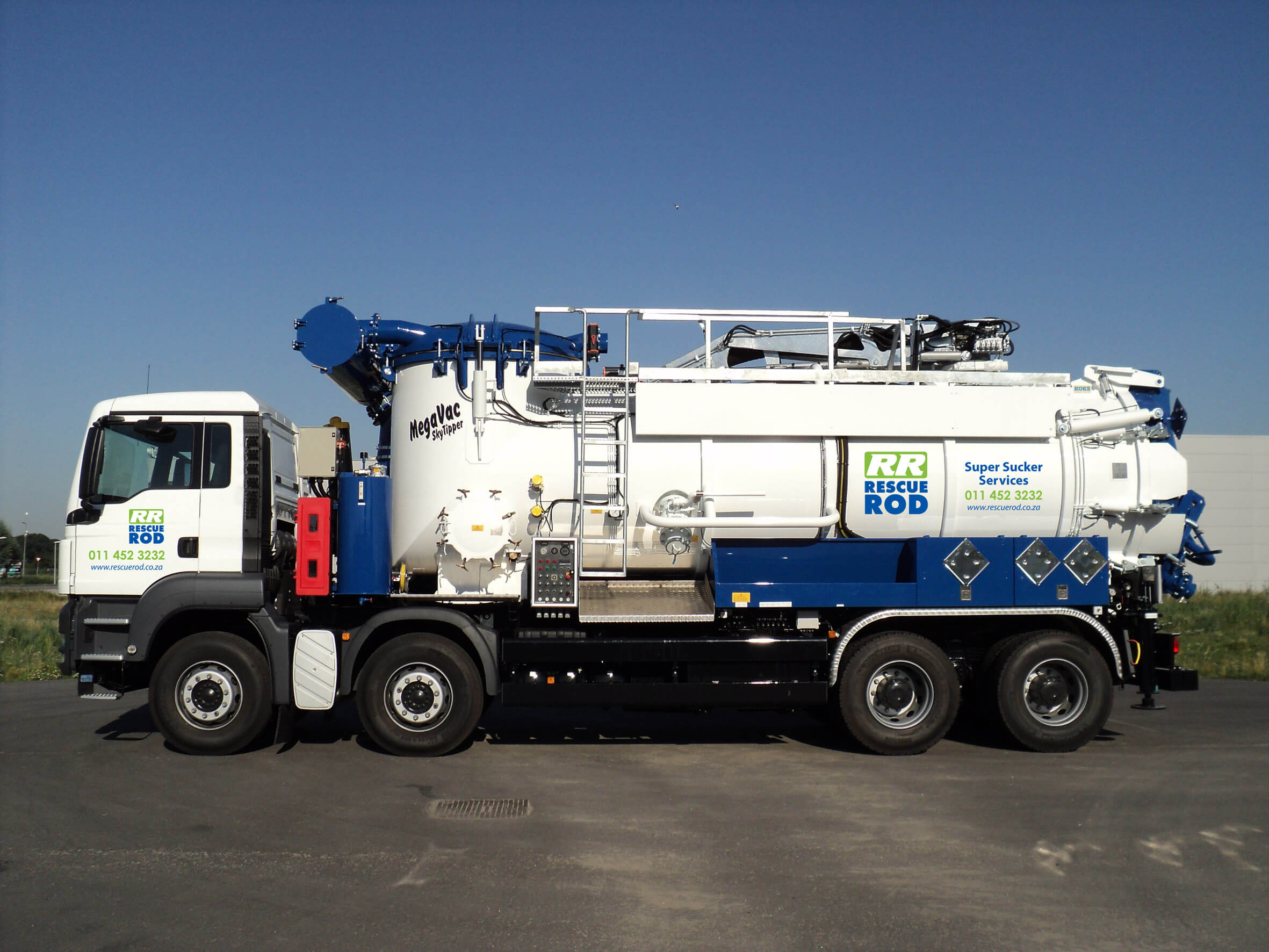
Dangerous Industrial Wastes Management
Program Objective
Management of dangerous industrial wastes and safely disposing of them in sustainable ways to maintain the public health in Riyadh.
Responsible Agencies
● The General Authority for Meteorology and Environment Protection
● Riyadh municipality
● The Saudi authority for industrial cities and technical areas
Participating Agencies
● The Ministry of Trade and Industry
● The Ministry of Energy, Industry and Mineral Wealth
● The high authority for Riyadh development
● King Abdulaziz City for Science and Technology
Procedures of Program Execution
● Apply the modern techniques to process the dangerous industrial wastes in environmentally sustainable ways, especially the used batteries and covers
● Develop industrial wastewater processing stations urgently
● Establish facilities for processing the oils and petroleum products
● Eliminate the irregular disposal of the liquid and hard industrial wastes in the city
● Requalify the liquid industrial wastes lake urgently
● Prepare a study about sorting the industrial wastes according to their type and its level of danger
● Activate the special sector role in the processing field and recycle the industrial wastes
● Create a database to detect the different types of industrial wastes and their quantities
● Sort and differentiate between the dangerous and non-dangerous wastes
● Obligate the factories to conduct an evaluating environmental impact study
● Apply fines to the violators
● Requalify the companies and agencies that deal with the industrial wastes through collecting, transporting and disposal
● Activate the role of society in reporting random disposal in the city
● Activate a special number for reporting any violator
● Set a time schedule to requalify the environmentally damaged sites
● Increase the number of observers and support them with the necessary resources
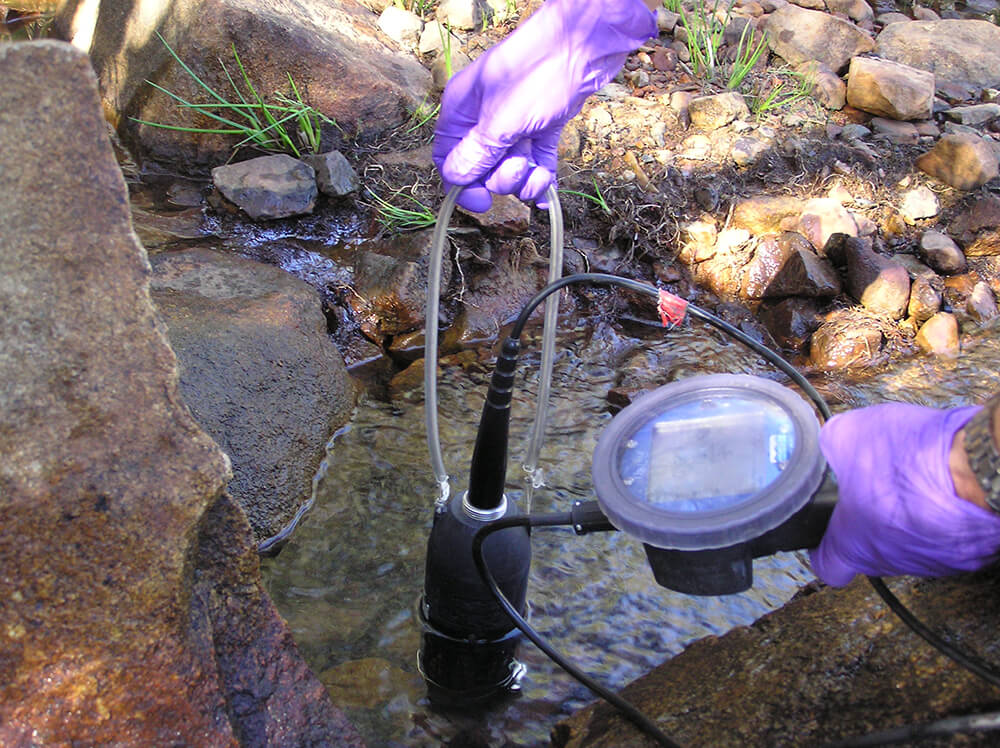
Monitoring the Quality of Surface Water and the Soil in Riyadh
Program Objective
Making the comprehensive and periodic monitoring of the underground water, and monitoring the effects of water rise and fall on the city.
Responsible Agencies
● The high authority for Riyadh development
Participating Agencies
● The General Authority for Meteorology and Environmental Protection
Procedures of Program Execution
● Monitoring the effect of raising the underground water level and how it affects the city growth
● Monitoring and evaluating the efficiency of the implemented projects
● Studying the health effects due to the raised underground water level
● Knowing the patterns of the rise of ground water and its quality to acknowledge the needed balance of the city, and the areas that could be affected


